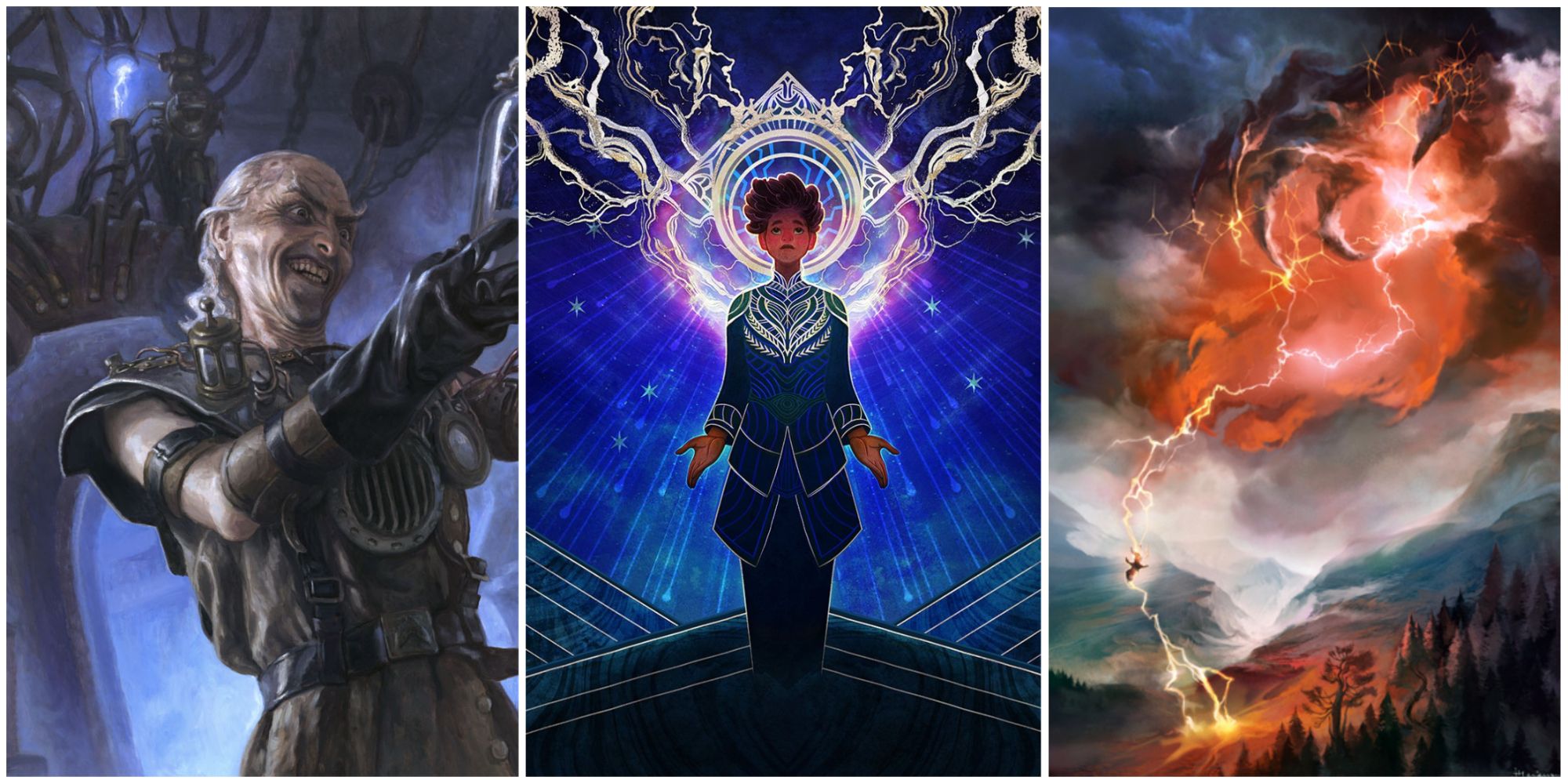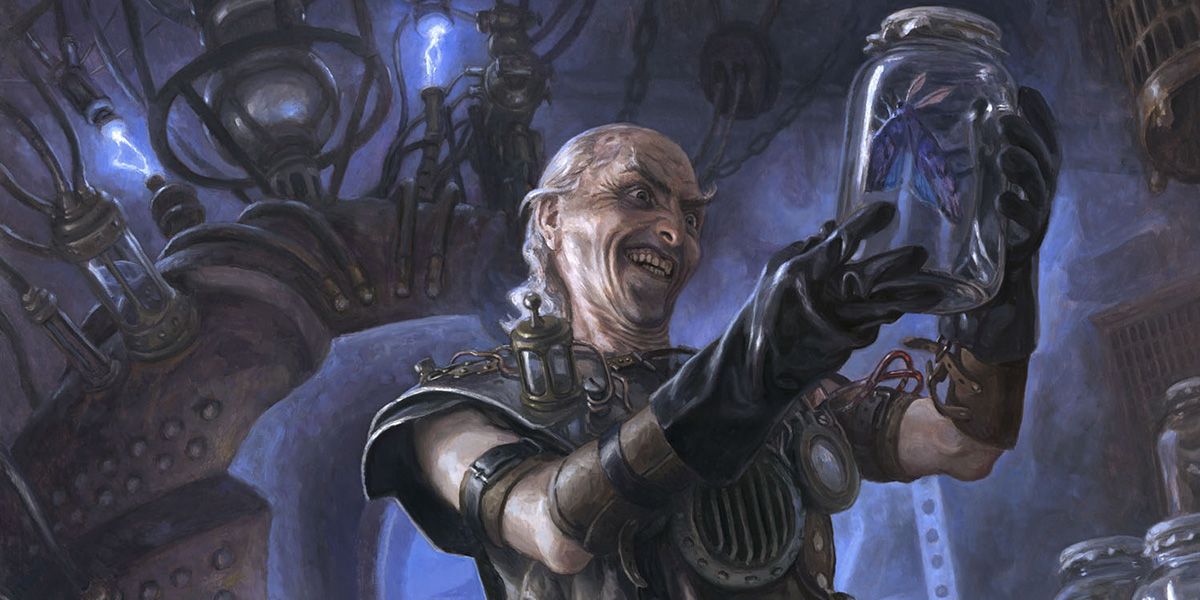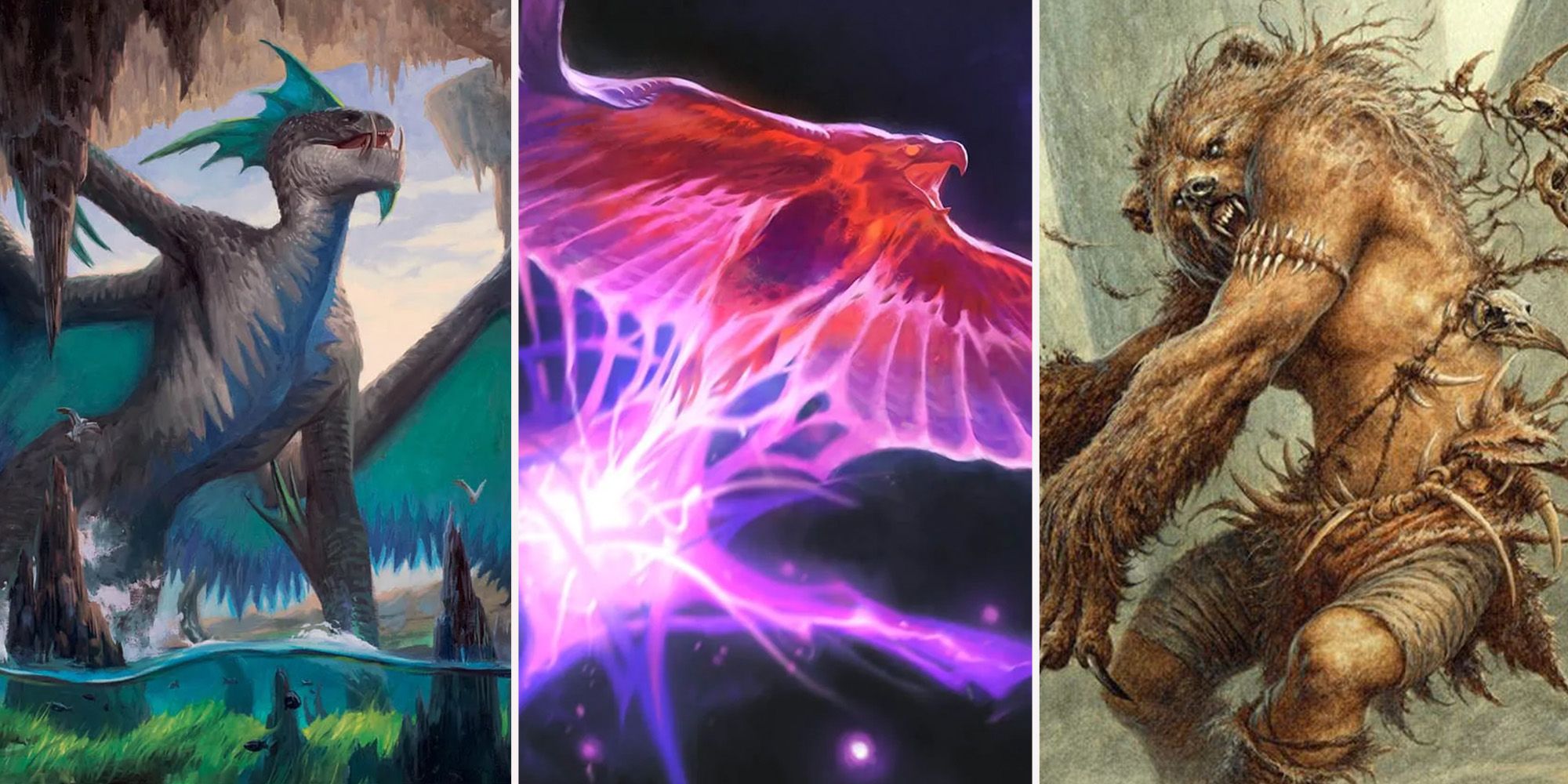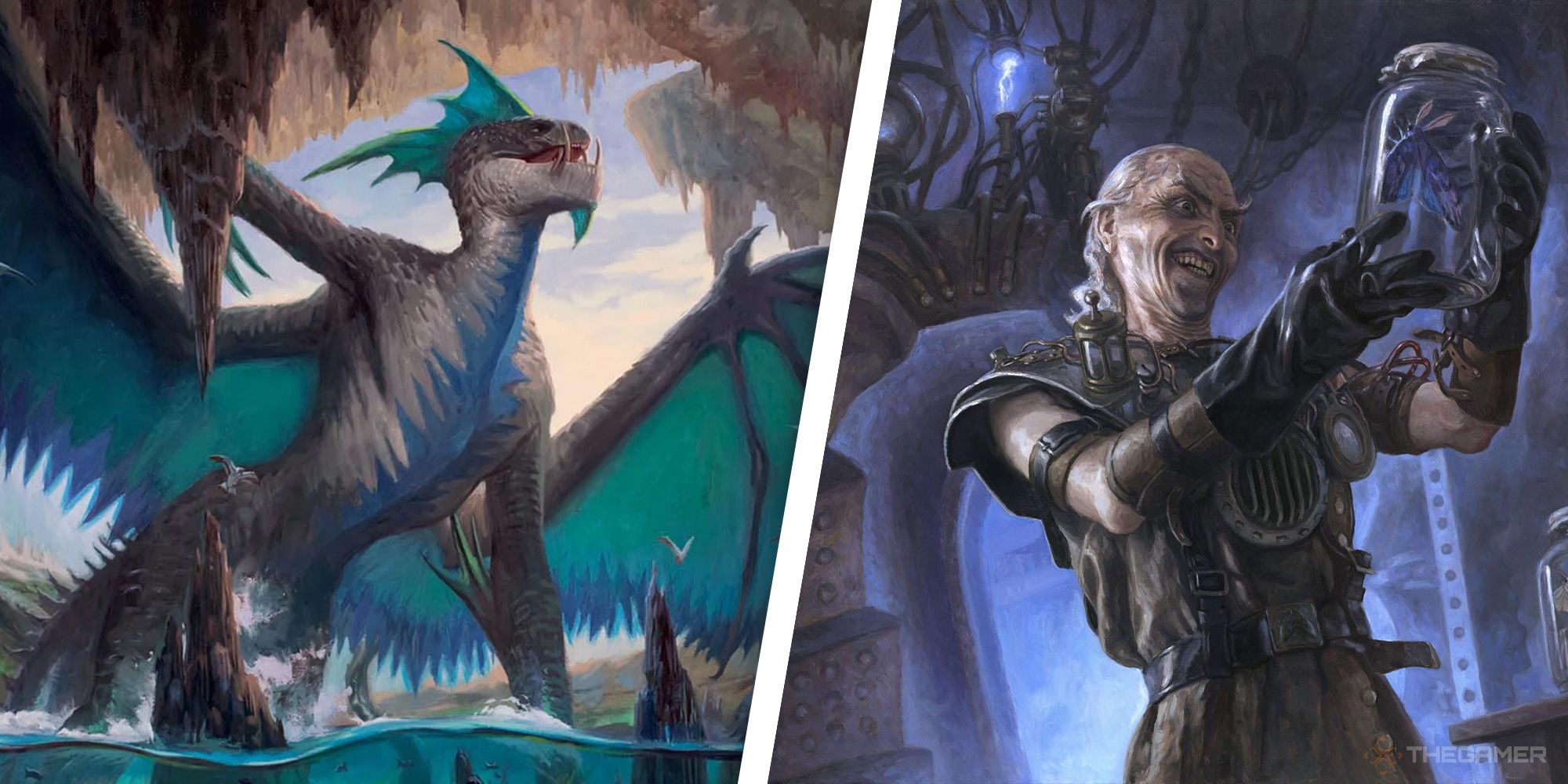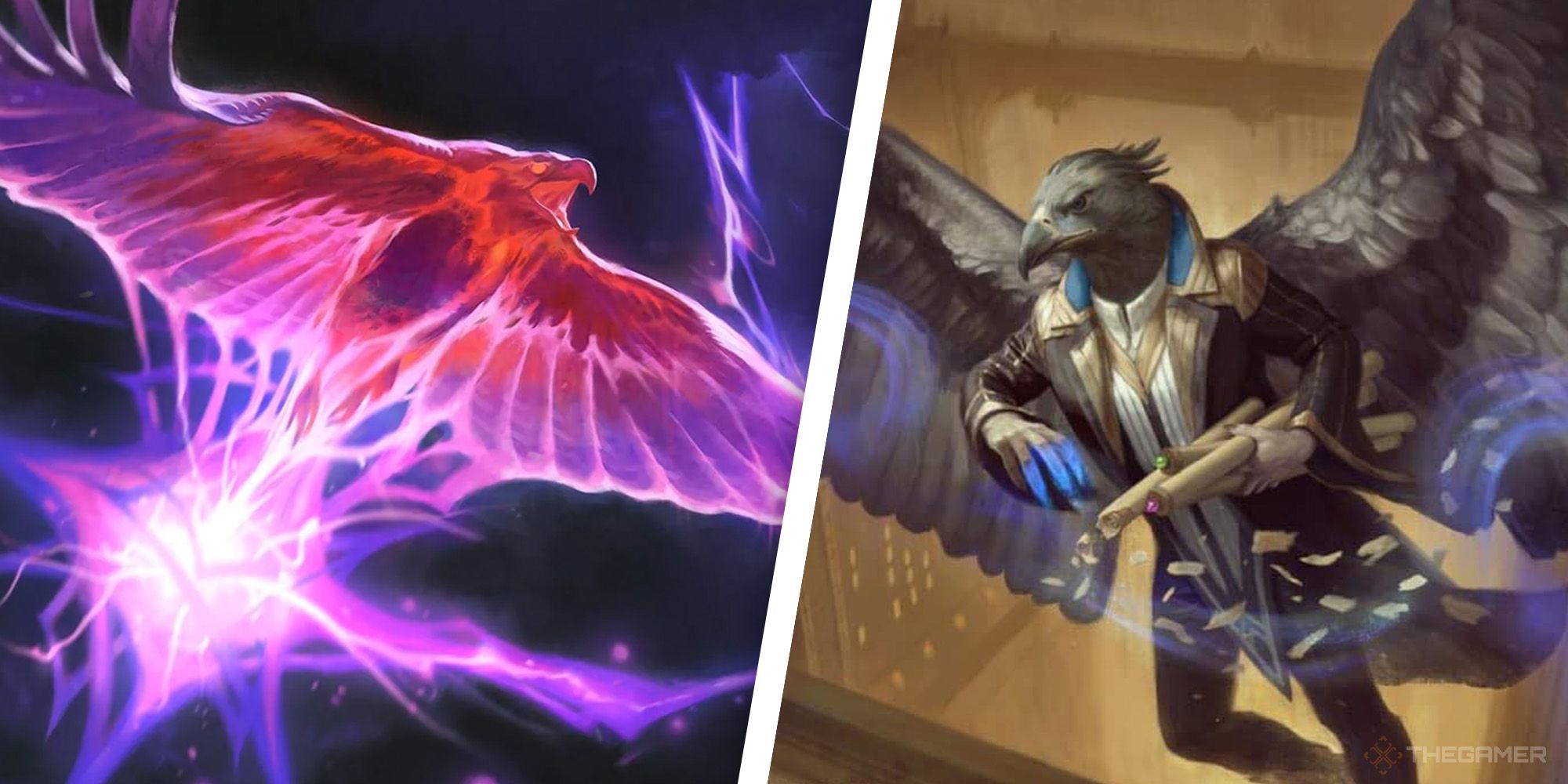Magic: The Gathering has been around for long enough that the broad archetypes into which decks fall have acquired nicknames based on a variety of functions, history, and community memes. So, what is a tempo deck in Magic: The Gathering? This guide will give you everything you know about what a tempo deck is good at, how it plays, and how to tune your own brews.
Tempo decks derive their name from the musical concept of tempo, the speed of a given musical piece. High tempo is quick and rapid, while low tempo is slow and lethargic. When a song is on tempo, everything falls into its place and works harmoniously together, and if one is off tempo, it is disjointed and dissonant. This same concept can be loosely applied to Magic, as tempo decks want to rapidly deploy threats to keep themselves "on tempo" — while using cheap removal, permission, and interaction to keep their opponents on their heels and "off tempo".
What Is Tempo In Magic: The Gathering?
Tempo describes the momentum of a game of Magic: The Gathering, the speed at which players advance their game plan and force the opponent to respond. High-tempo decks are low-to-the-ground and aggressive, trying to close out the game with efficient threats and interaction that keep your opponent on the back foot until they're dead.
These are what have come to be known across every format as "tempo decks", as they look to set the game's speed while disrupting enemy counterplay. These decks are often blue or black, using efficient counterspells and removal to keep the path clear for their potent threats.
These decks lack inevitability, often focused on creating temporary openings to close the game rapidly rather than having any chance of slugging it out in the late game with more midrange and control-oriented opponents.
The key differentiation between classic aggro and tempo archetypes is that the tempo decks sacrifice sheer aggression in order to actively look for ways to prevent their opponent from stopping their kill conditions. Aggro is fragile and singularly focused, while tempo often sacrifices more burn spells for interaction that keeps their key creatures alive.
Common color combinations for tempo decks are Izzet (blue/red), Azorius (white/blue), Jeskai (white/blue/red), and Dimir (blue/black)/. Blue's card draw and redundancy often make it a key part of tempo strategies.
Famous Tempo Decks
Here are some high-level overviews of tempo decks that you can play in some of Magic's most popular formats, a murderer's row of the most deadly decks in this archetype across the game's history.
Legacy Delver and Legacy Murktide (Blue/Red)
Delver is an archetype named after the Innistrad block card Delver of Secrets, an unassuming one-mana 1/1 who transforms into a 3/2 flier when you reveal an instant or sorcery from the top of your library during your upkeep. Delver of Secrets instantly led to the creation of an archetype of tempo deck named after itself, focusing on cheap cantrips, counterspells, and burn.
In the modern day, Delver has been somewhat eclipsed by Murktide Regent, an enormous Dragon with Delve that grows as instants and sorceries leave your graveyard. Legacy Delver relies on Murktide Regent, Ledger Shredder, and Dragon's Rage Channeler as its graveyard-focused threats in combination with all-star instants and sorceries like Daze, Force of Will, Brainstorm, Ponder, and Expressive Iteration.
This deck shovels cards into its graveyard with incidental value from cheap creatures, before slamming an enormous Murktide Regent backed up by counterspells and card advantage. It does everything it can to stymie enemies' early plans with great counterspells and burn, as its threats fill the graveyard and take to the skies to close the game out.
Pioneer Izzet Phoenix (Blue/Red)
Izzet Phoenix rides the thin line between a tempo deck and a spell-slinging burn deck, but its focus on controlling the board with cheap spells to enable powerful threats puts it firmly on the tempo side of that line. The deck revolves around Arclight Phoenix and Ledger Shredder as aggressive threats that turn cantrips and burn into tangible advantages on the board. These select creatures are supported by a wide array of spells from Fiery Impulse and Lightning Axe to Consider, Opt, and even Temporal Trespass.
The Izzet Phoenix deck, like Delver, takes incidental advantage of cards being in its graveyard to make rapid spell-slinging support a fast, aggressive strategy with evasive bodies. Izzet Phoenix is especially creature-light, but can recur Phoenix with enough ease that it doesn't need more.
Four-Color Mongoose
Decks revolving around Werebear and Nimble Mongoose are some of Magic's oldest examples of tempo. In a Wizards of the Coast article called Constructed Tempo Powerhouses from 2006, Aaron Forsythe showcased Austrian player Helmut Summersberger's four-color tempo deck, whose only creatures were Meddling Mage, Nimble Mongoose, and Werebear. While they certainly aren't as objectively powerful as newer tempo cards, this incarnation was meant to go all-in on protecting its cheap threats while stranding cards in the opponent's hand.
The creatures aren't nearly as efficient, but they can be annoyingly difficult to remove against decks of the era. This is one of Magic's older examples of a tuned tempo deck, and shows how tempo decks can scavenge a consistent game plan from disparate pieces.
Building Your Own Tempo Decks
What are some core concepts you should take into account when building out a tempo deck? The two most crucial principles are to run cheap, efficient threats that can kill opponents on their own. Often these are evasive creatures with the ability to grow their power through prowess, delve, triggered abilities, and more. Secondly, cheap cantrips, counterspells, and removal allow you to efficiently disrupt your opponent long enough to close out the game.
The tempo deck's job is to stick one or two aggressive threats and keep their opponent's responses at bay while those kill threats finish out the game. Look to establish your threats early and spend the rest of the game protecting those threats from the variety of interaction your opponent might bring.

